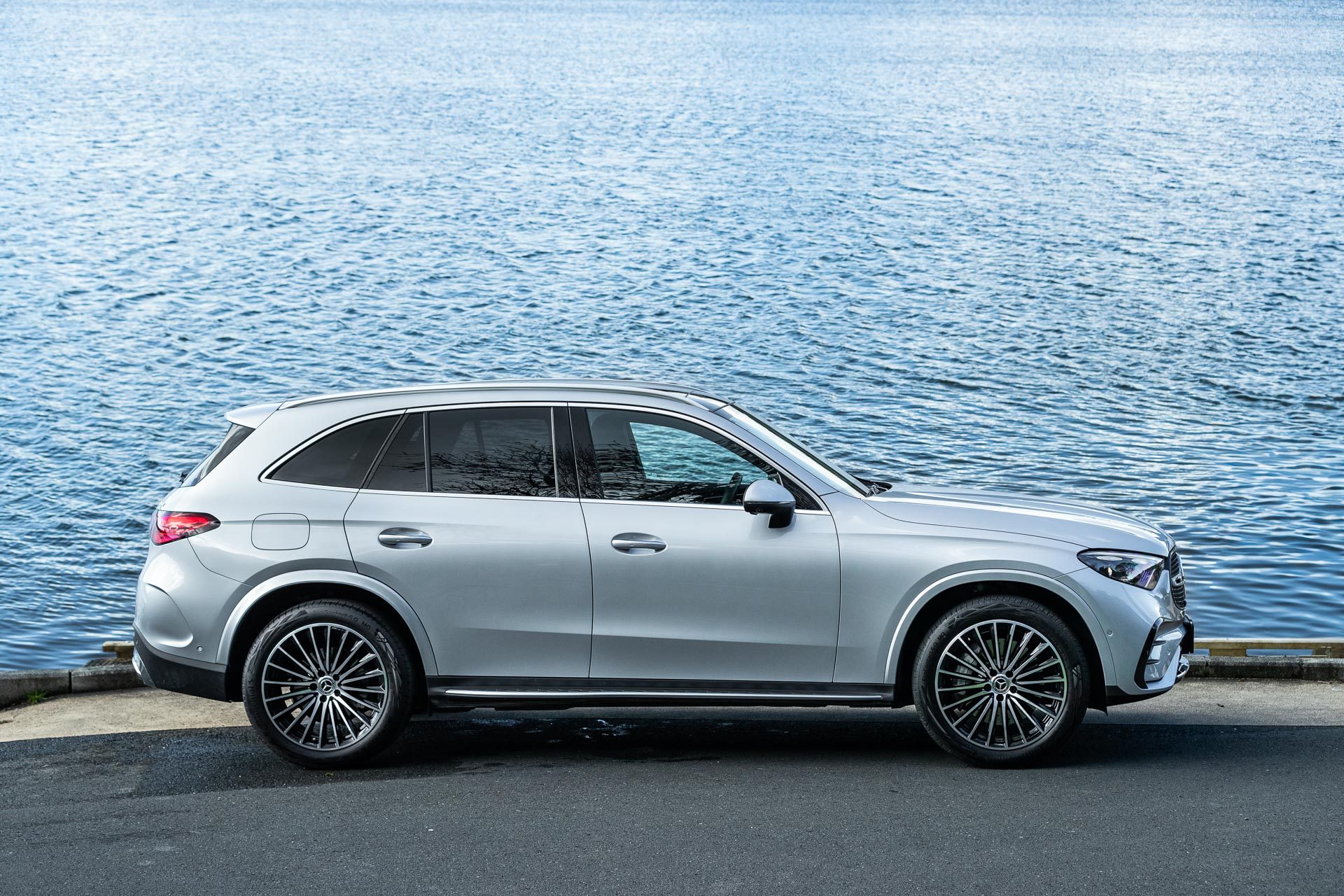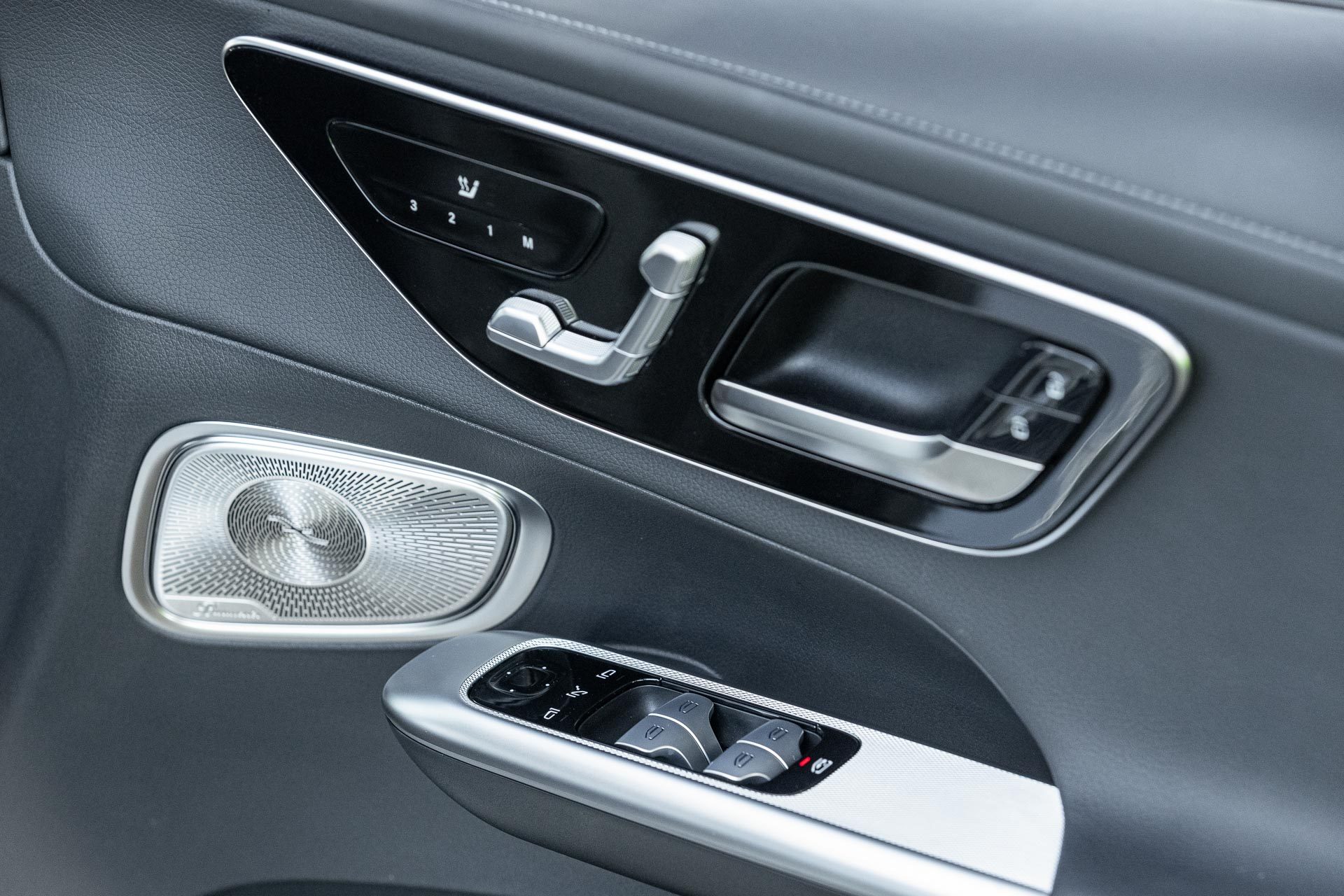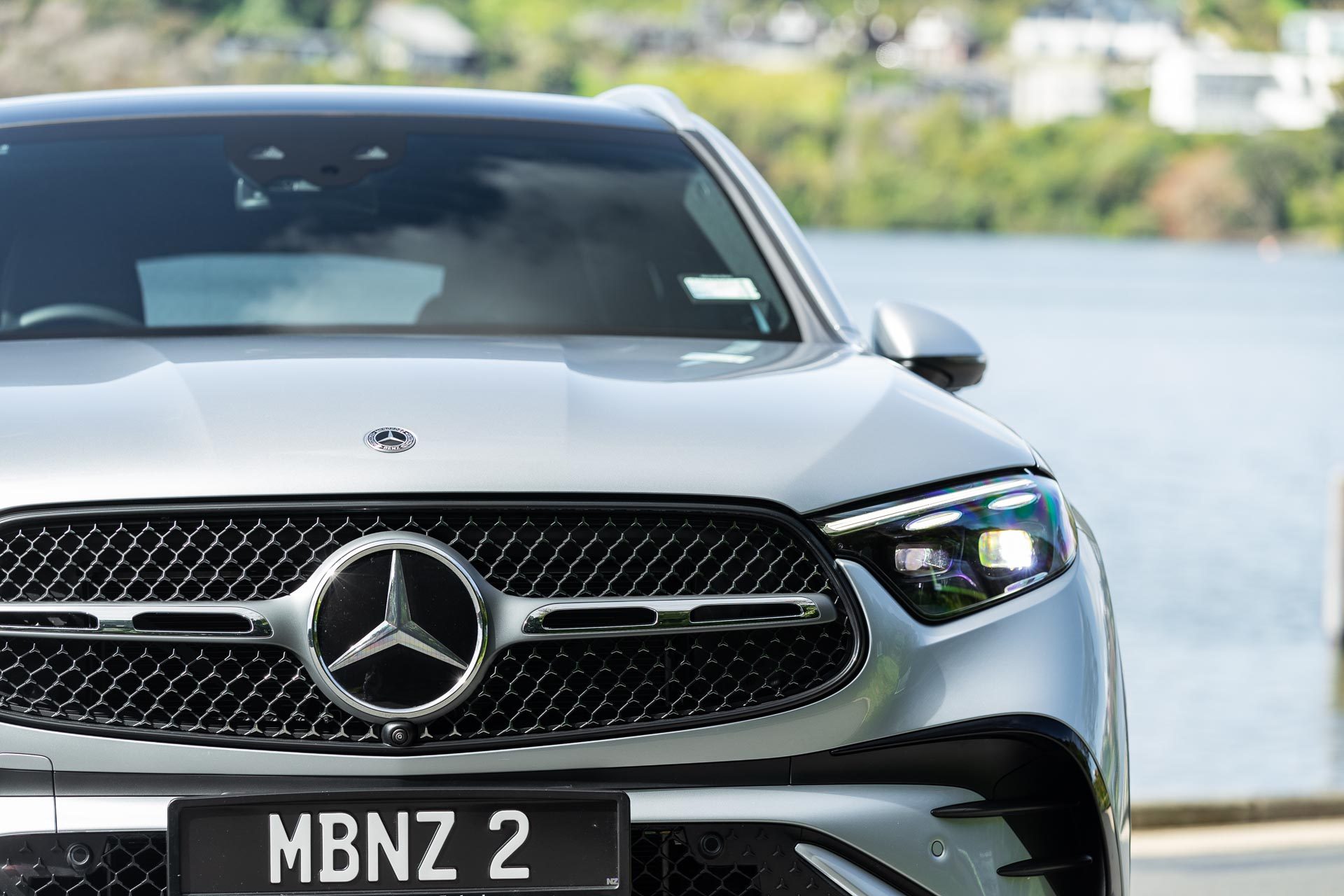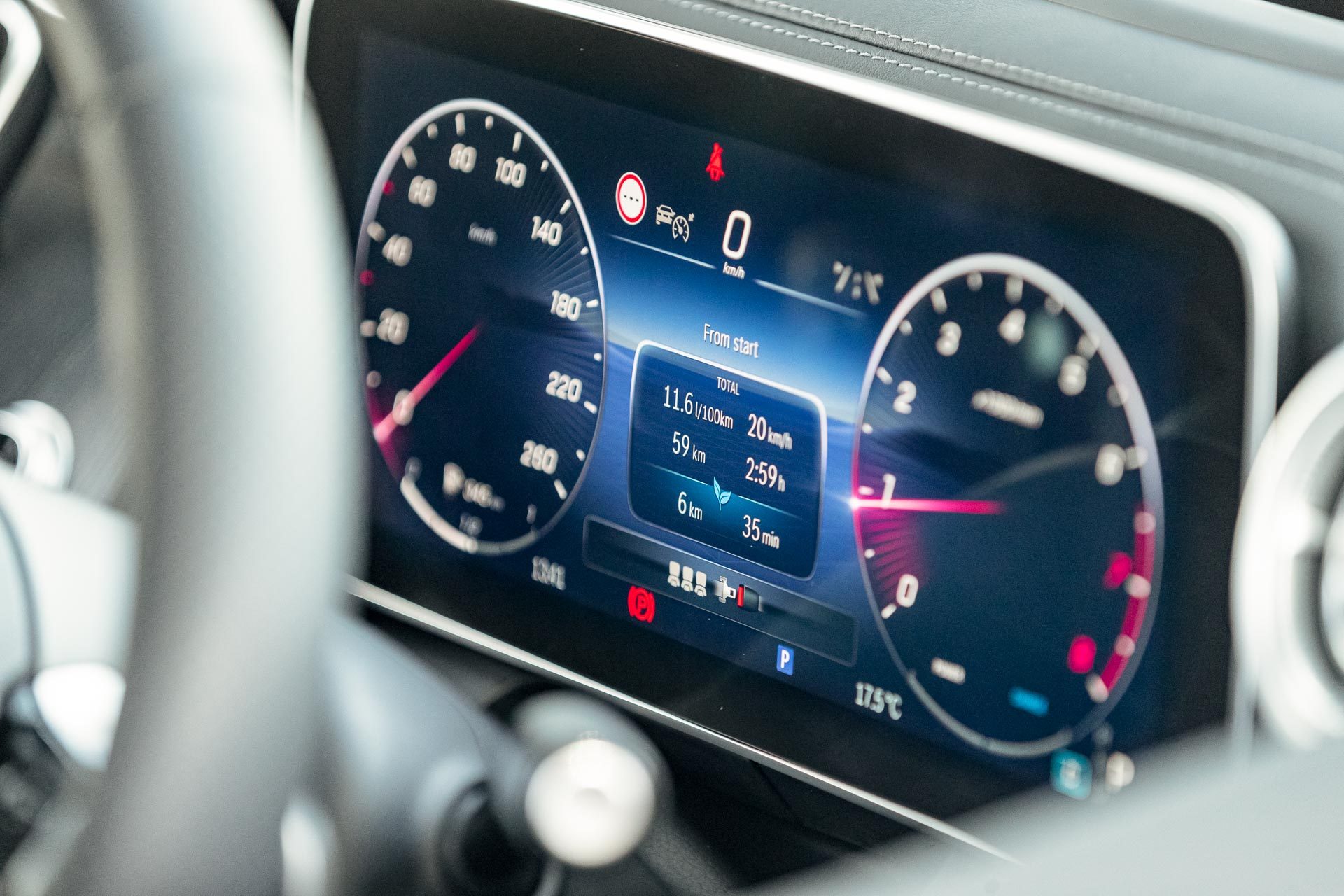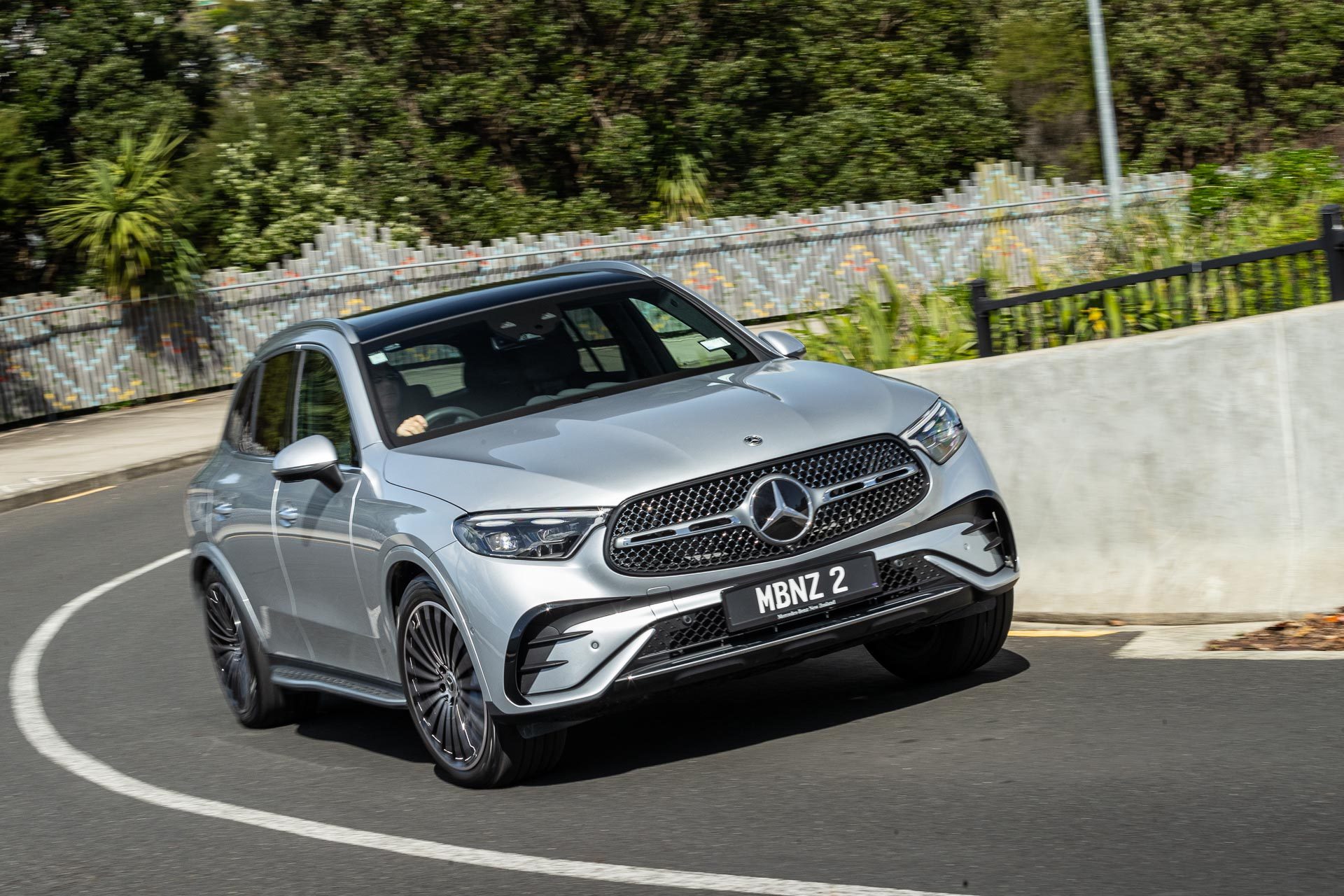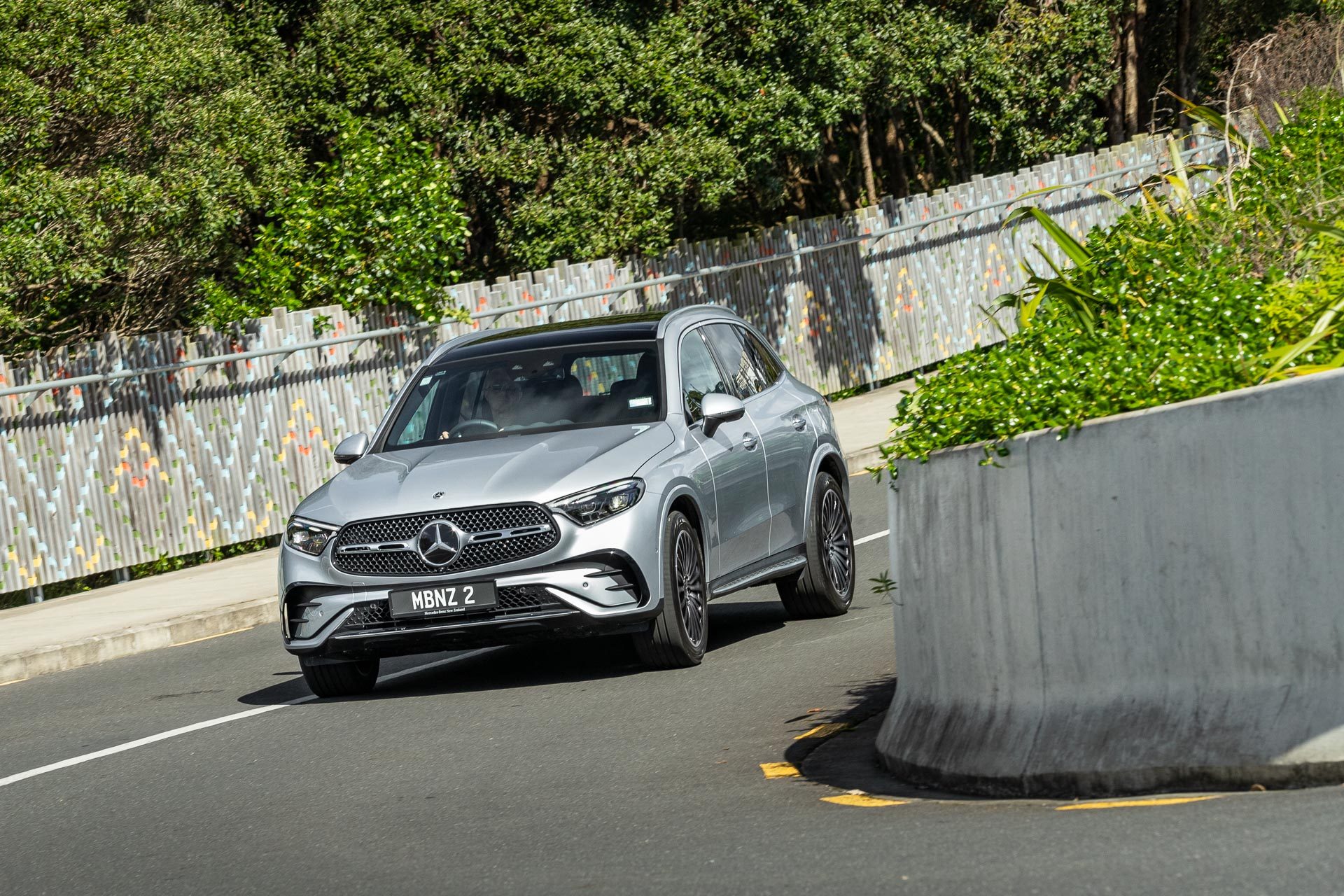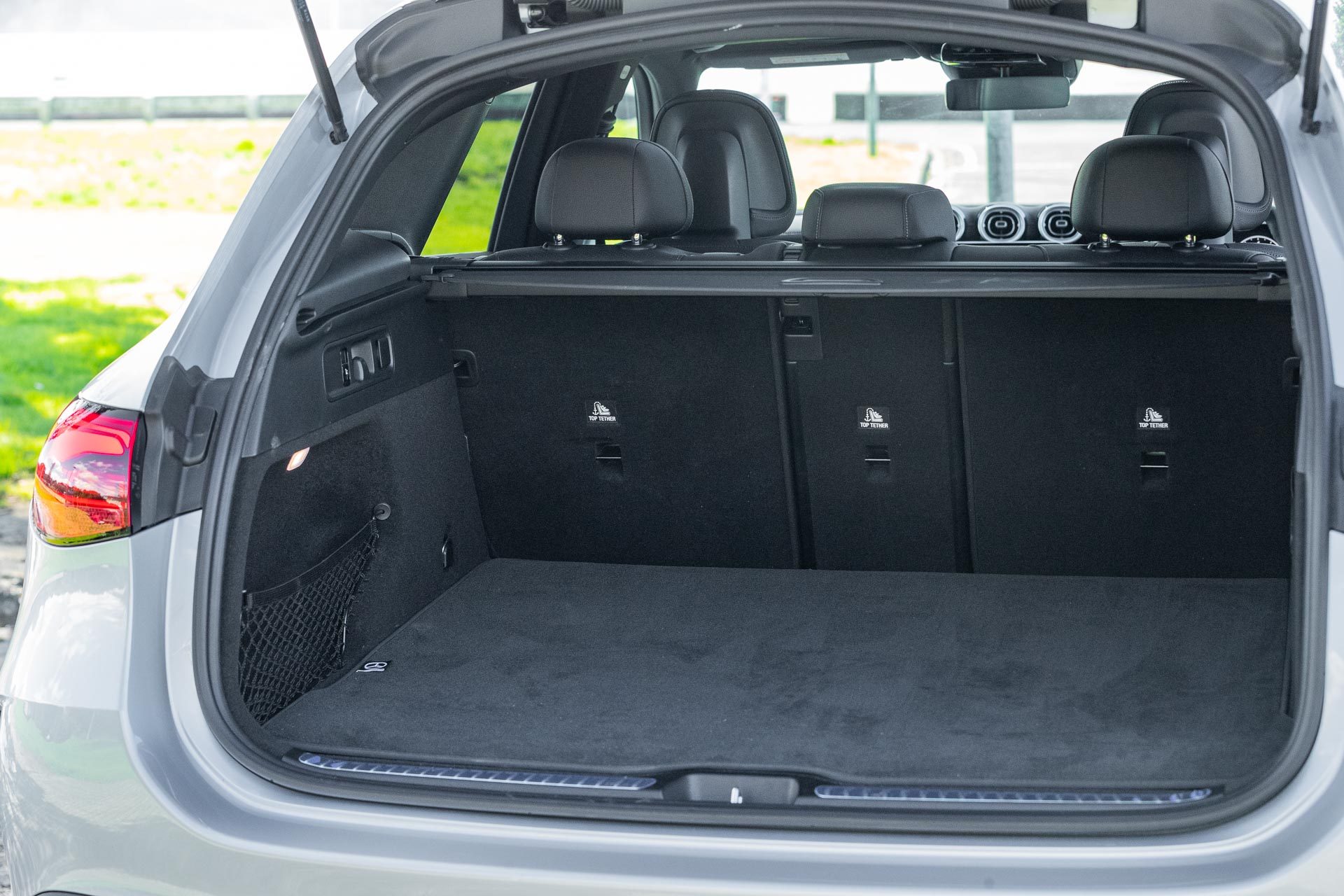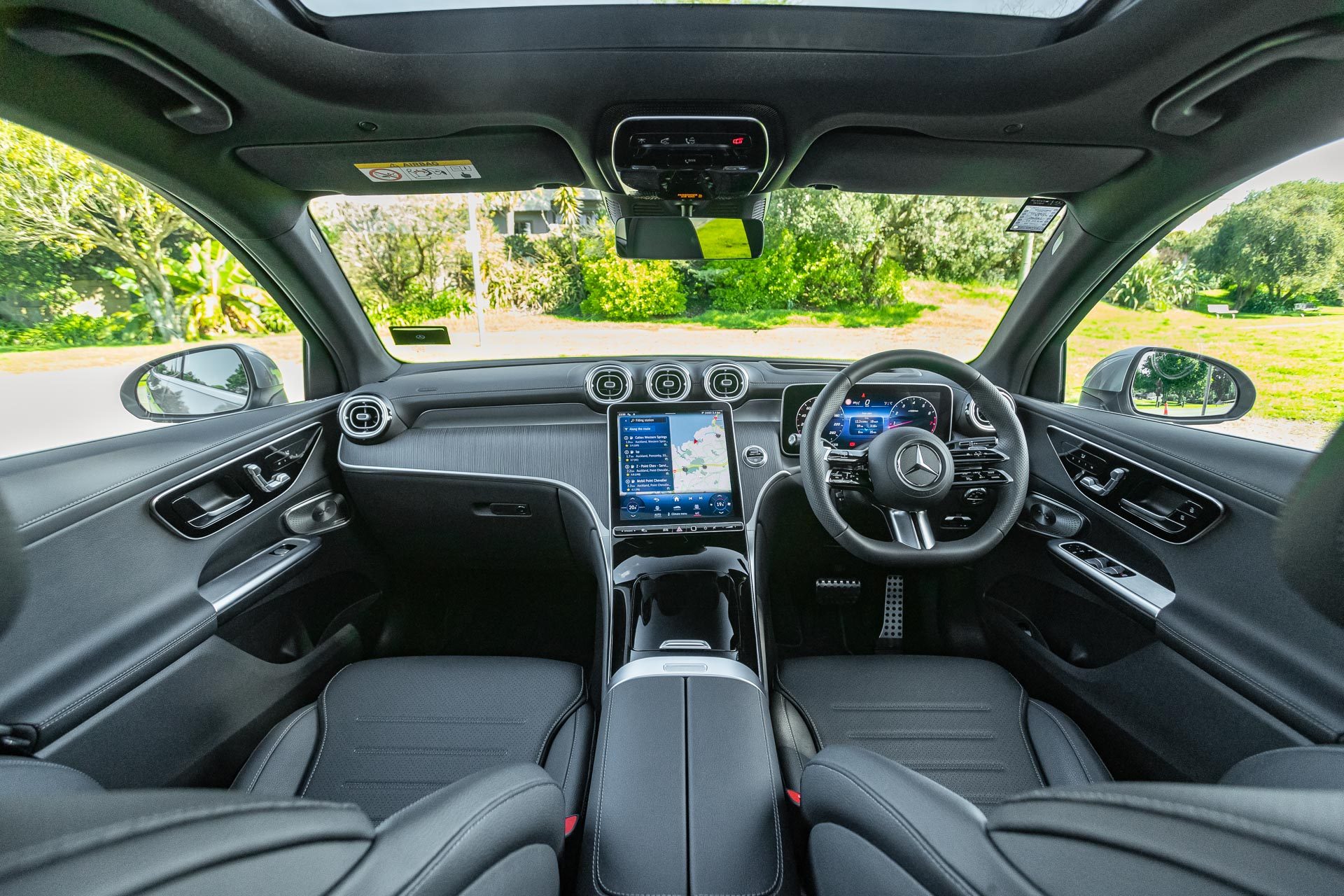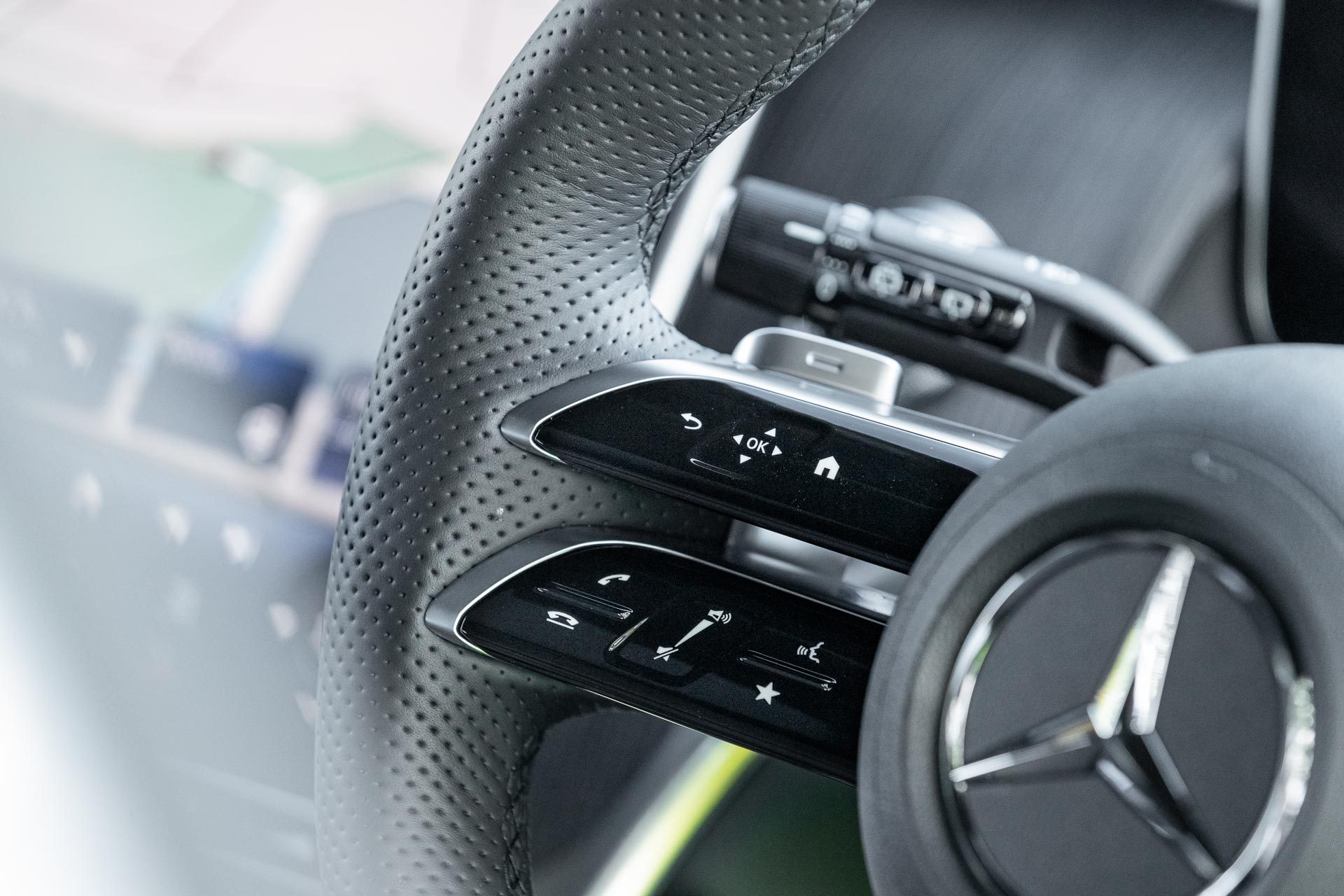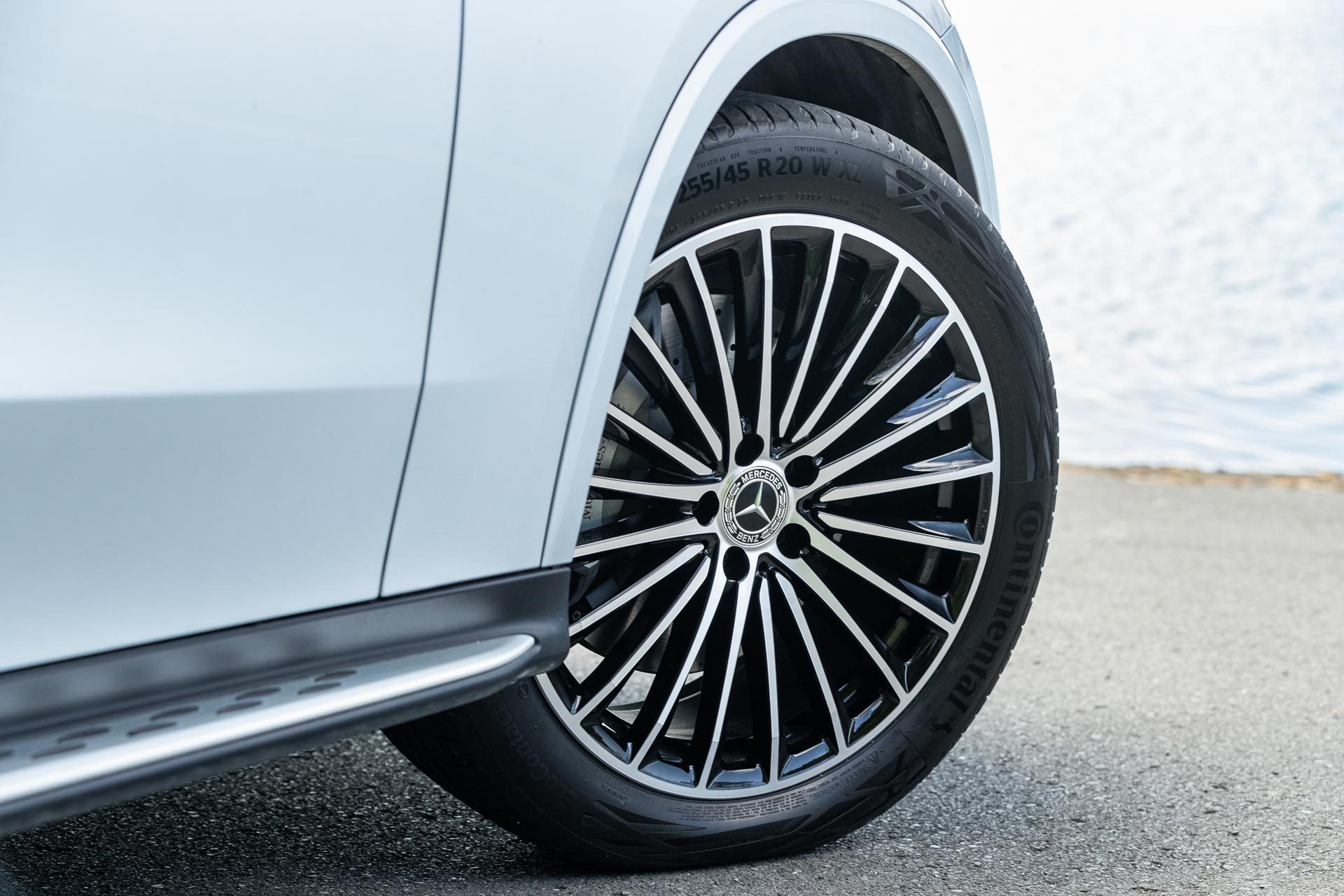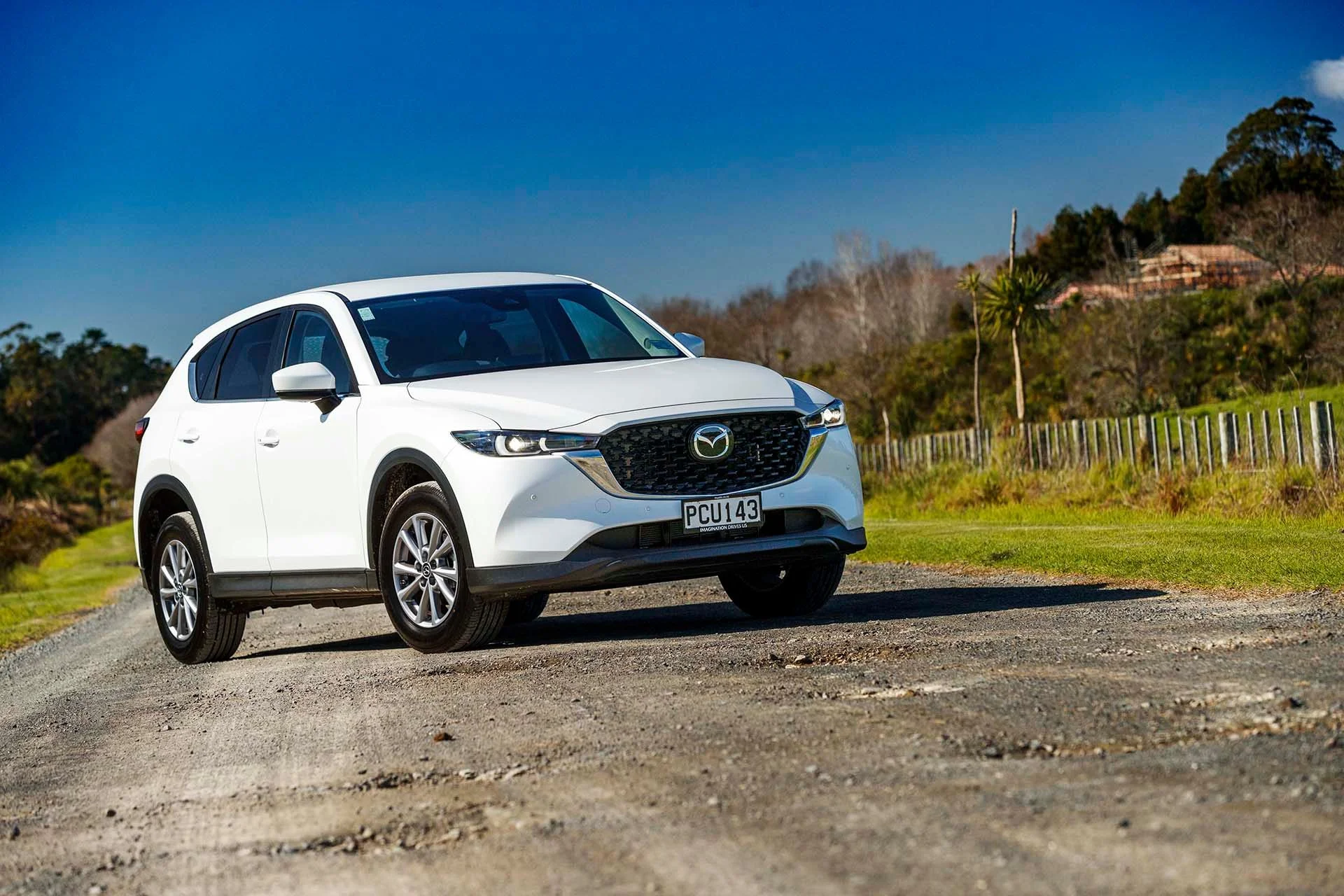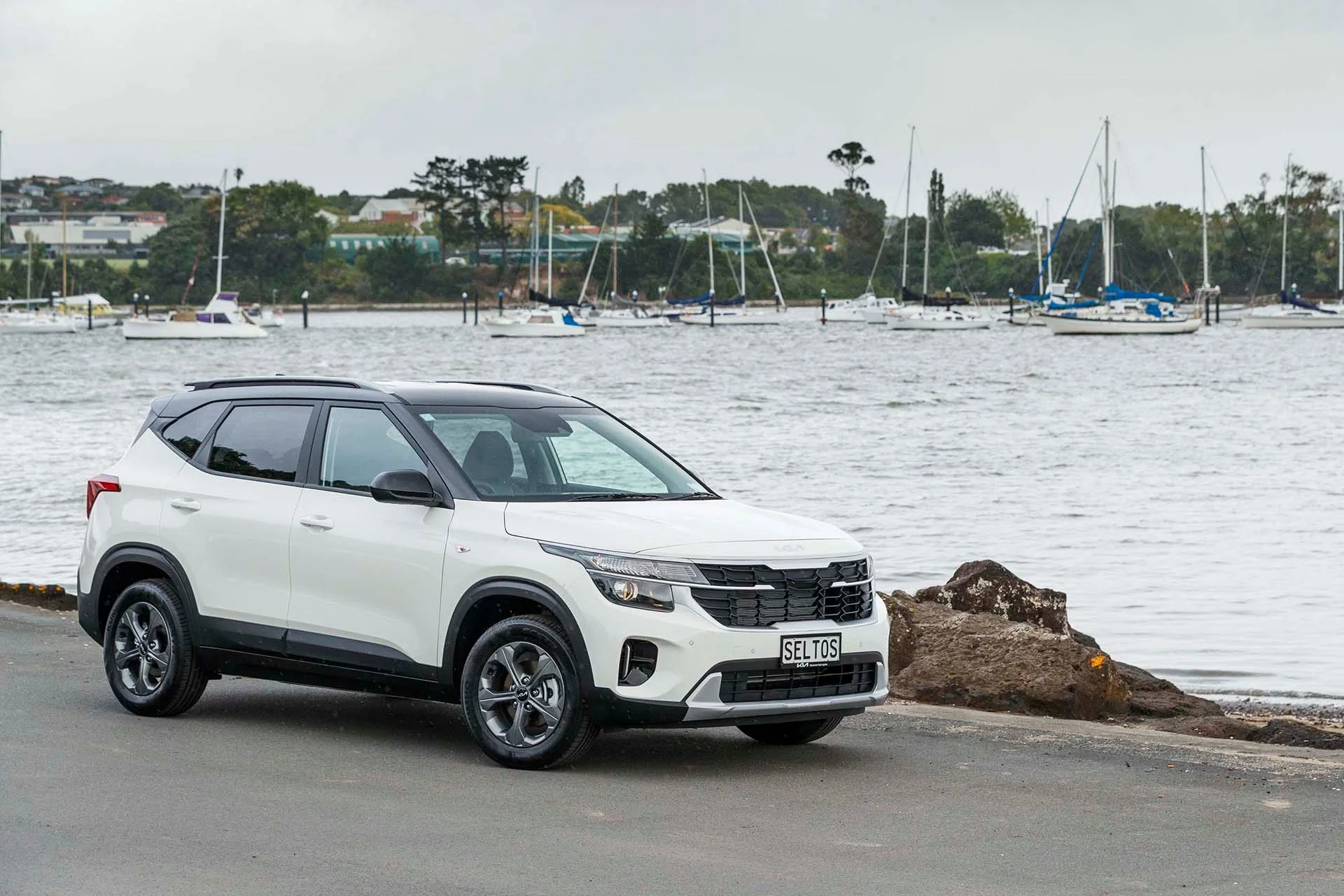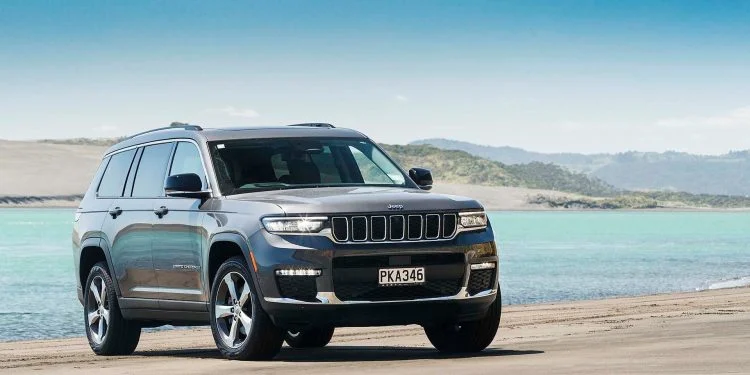2023 Mercedes-Benz GLC 300 4MATIC review
Mercedes is slowly weaning us off of ICE power and into electrification, and there’s no better example than in the GLC.

Mercedes-Benz has gone hybrid for its second-gen GLC, a mild version initially with a plug-in to come before the AMG variants arrive. We drive the current offering, the GLC 300.
As is the way, Mercedes is slowly weaning us – I use the term loosely – off of ICE power and into electrification and there’s no better example than in the second-generation GLC, here initially as a mild hybrid but with a PHEV to follow.
As to electric only, not so much it would seem; the Mercedes-Benz EQCis in run-out and is not scheduled for replacement. Perhaps that’s because the EQE SUV has just launched here. Built on a bespoke electric platform, unlike EQC, it will do the job of covering medium SUV electric buyer needs pretty well instead.
Search Listings for Mercedes-Benz EQE here
It probably won’t surprise you in the slightest that the GLC has been the best selling Mercedes model globally for the past two years, the firm moving 2.6m since 2015.
So they certainly don’t want to alienate families by producing a follow-up that isn’t as good. Rest assured, they haven’t done that.
The new model builds on the strengths of the original, and in second-gen guise is both stronger under the hood and yet easier on fuel, thanks to its new 48v mild hybrid powertrain. It’s better equipped too.
The powertrain consists of the same 2.0L turbo petrol IL4 as before, only now it is mated to a 17kW/200Nm integrated starter generator (ISG) powered by a 48v system.
Naturally it is more expensive than before but isn’t that the way with almost all new models these days? So far, there’s just the single model you see here, dubbed the GLC 300 4Matic, and it costs $113,900 before ORCs.
Opt for the $6900 Plus Package comprising a Burmester surround sound system, MBUX augmented reality for the nav set-up, matrix LED headlights, alarm system and acoustic glass, along with additional driving assistance systems, and the total is over $120k. And then there’s the Clean Car fee as well.
However, it has much more standard equipment than before. Things that were once part of options packages now come as standard fare on the second-gen model, including a panoramic sunroof, head-up display, front seat electric adjustment with memory settings and seat heating (previously in the Seat Comfort Pack).
There’s also the AMG Line exterior (body-coloured wheel arch trim, a jeweled look to the grille flaunting tiny tristars, 20-inch AMG alloys, and larger vented brake discs up front) along with AMG line interior enhancement. There’s a powered steering column adjustor as well.
Other standard items include keyless go and pushbutton start, leather-like (Artico) seat coverings, a sports steering wheel, and a 360-degree surround camera system. There’s also a boot compartment system to keep goods from thrashing around in the back.
Mild hybrid under the hood
The powertrain is identical to that of the C 300 sedan; a 2.0T producing 190kW and 400Nm supplemented by the ISG. That’s 30Nm more than before.
While Mercedes reckons on an improvement of 0.5L/100km to 7.7L/100km, Rightcar reckons 8.6L/100km and 195g/km, for a clean car fee of $3163. And from our experience the NZ website is on the money.
Driven easily we managed a low of 8.7L/100km but most of the time it seemed to be stuck on 9.4L/100km, though in that scenario is was mainly during open road cruising at 90-100km/h.
During a recent launch event, when we were on our own and checking out dynamics, we saw fuel use of 11L/100km. An Eco driving display in the HUD with a star system seems pointless; it merely reflects the angle of your right ankle.
Overall, it feels a bit stroppier than it used to but numerically it is only a little quicker than the former GLC 300. We checked out the sprint claim – 0-100 in 6.2sec – and it all but met that with a best of 6.21sec.
The overtake is done in a brisk enough 4.4sec. So the new variant is about 0.5sec quicker on the sprint compared with the original GLC 300 (which was 70kg lighter without the mild hybrid gubbins and additional kit) but an overtake matched that of the former car.
And that makes sense; the ISG helps with haste off the line before the turbo effect kicks in. For the overtake, the extra urge is cancelled out by the added weight.
Still, with the ISG in tow, we’d expect superior fuel economy from the Gen II vehicle as it facilitates gliding and energy recuperation.
Helping with pace is a nine-speed auto, which you can override with paddles should the need take you. There are also four drive modes, Eco, Comfort, Sport and Individual, though none of these alters suspension tune as it’s fixed. We used Comfort almost exclusively.
Suave appearance
What else has changed? The look for starters, with a little more width thanks to wider tracks (out by 6-23mm) while at the front the headlights are more modern, better integrated, and the grille is new.
It is slipperier overall too, with a Cd of 0.29, pretty decent for a medium-sized SUV.
In profile, there are new body-coloured wheel arches with tapered metallic running boards and rubberised oval anti-skid studs. Two-tone 20-inch alloy wheels and bigger front calipers are also evident.
Aft, there are redesigned two-part taillights with a welcome sequence. The tailpipes are faux.
A wheelbase stretch of 15mm helps with interior space while there’s 50L more boot space too, now at 620L with all five seats occupied. Split folding by electronic releases increases that by just over 1000L.
Access to the boot is via a powered tailgate, which is also under gesture control if you have your hands full.
Suspension comprises a four-link system up front and a multilink independent suspension set-up at the rear. Agility Control as before enables a form of selective damping, a passive set-up that firms over harsher surfaces and during cornering loads, and is easier going on smooth roads.
It seems to work well on the open road. Even corners taken with a little pace onboard are rounded up without drama. The AWD status helps with composure. Brakes are sound too, while steering has a decent serving of heft.
It’s a competent drive, with excellent ride comfort and sound deadening thanks to the acoustic glass in our vehicle (a cost option).
Easy to run but for the haptics
Step inside and the influence of the latest C Class line is plain to see, and while there’s a 12.3-inch LCD driver display, it is separate from the portrait-style 11.9-inch central touchscreen.
There’s also the latest MBUX infotainment system with helpful AI assistance, minimising distractions. Of which there are only a few. We really liked the old rotary style volume control by your left knee in the centre console.
That’s gone, unfortunately, and in its place a haptic slider. Yuck by comparison. Just in case you don’t like that, there’s another haptic device on the wheel, but the former rotating volume control was twice as good.
Haptics are good for those with slender fingers but not so good for sausage digits. It’s the same with the haptics-driven adaptive cruise control. You can increase speed by single increments but it was easier before the haptics happened along.
A pox on these things, like touchscreens. I can’t wait for both trends to slowly die away. At least the GLC 300 has a decent head-up display which is vibrant, well sized and easy to read.
It even shows body roll in corners (or lean angle, if you prefer) but we’d suggest that’s pointlessly distracting. More useful is traffic sign recognition which doesn’t reprimand you if you decide to exceed the limits.
There are some nice practical touches with the GLC 300. Keyless entry and start work well, and we like that central unlocking works off all the doors.
The ISG makes engine starts oh-so refined, especially when you’re sitting there at the lights, though getting up and away is not quite instantaneous.
There’s a brief hesitation. All in all a fine package, though some will no doubt think that the forthcoming PHEV is more up their alley.
Mercedes says there will be a GLC coupe here before the end of the year, and you can expect AMG variants too but they’ll be down on the usual cylinder count.
Car Details
Model: Mercedes-Benz GLC 300 4MATIC
Price: $113,900
Clean Car Discount: Fee – $3,163
Engine: 1999cc, IL4, T, DI
Power: 190kW @5800rpm
Torque: 400Nm @ 2000-3200rpm
Turning Circle: 11.8m
Wheelbase: 2888mm
Drivetrain: 9-speed auto, AWD
Fuel Use: 8.6L/100km
C02 Output: 195g/km
0-100km/h: 6.21 sec
Tyre Size: f-255/45/R20, r-285/40/R20
Fuel Capacity: 66L
Stability systems: ABS, ESP
Safety: AEB, ACC, BSM, LDW, RCTA, AKL, AHB
Luggage Capacity: 620-1640L
Tow rating: 750kg (2500kg braked)
Scheduled Servicing: 3 years/unlimited km
Warranty: 5 years/unlimited km
ANCAP rating: 5 Stars (2023)
Weight: 1970kg
Also consider
